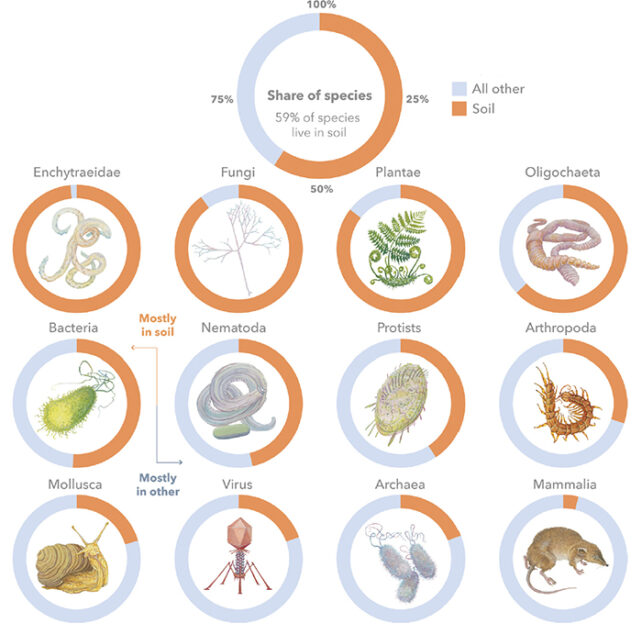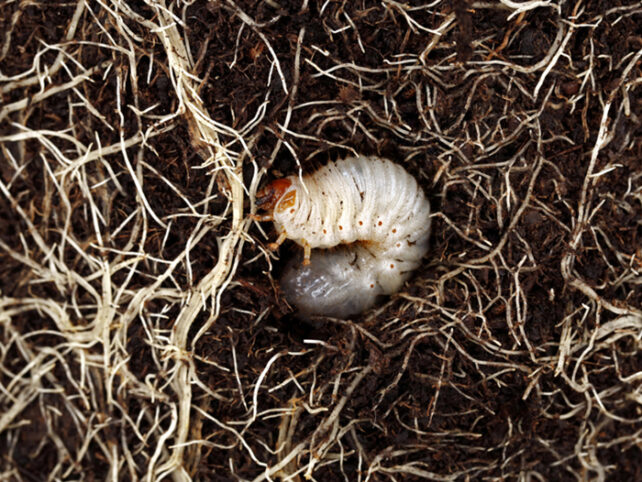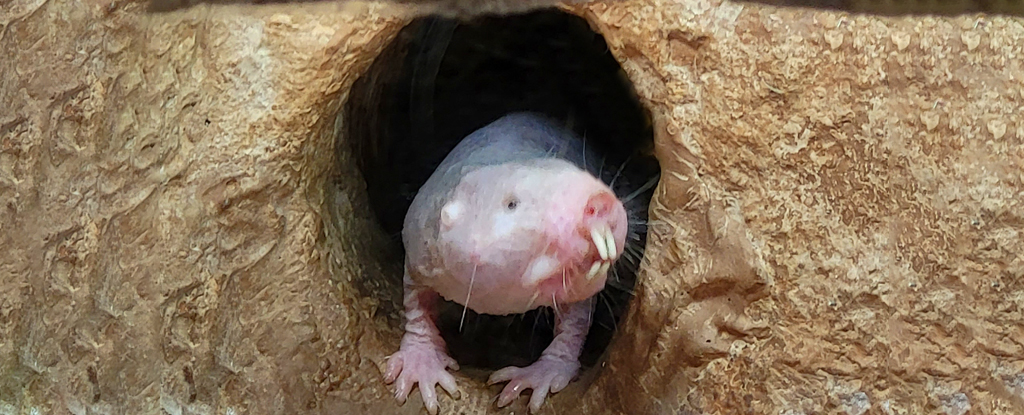Products You May Like
The single most species-rich habitat on Earth has been identified, and it’s not the oceans, rainforests, or swamps. Most life on Earth lives (at least in part) within the soils beneath our feet.
“Soil is likely home to 59 percent of life, including everything from microbes to mammals, making it the singular most biodiverse habitat on Earth,” ecologist Mark Anthony and colleagues estimate in their new research.
Soil consists of minerals, trapped gasses, liquids, and organic matter and blankets most land on Earth.
Yet despite its importance, we still know very little about Earth’s living skin.
“Organisms in soil play an outweighed impact on the balance of our planet,” Anthony from Agroscope, a Swiss agricultural research body, told Phoebe Weston at the Guardian.
“Their biodiversity matters because soil life affects climate change feedback, global food security, and even human health.”
Reviewing previous literature, Anthony and team found as much as 88 percent of bacteria, 85 percent of plants, and 90 percent of fungi eke out an existence within this thin, fragile layer. On the other hand, only around 4 percent of 6,500-odd species of mammals dare to dig a home in the muck.

While there is a large margin of error, the total 59 percent of biodiversity (give or take 15 percent) in Earth’s soils is likely an underestimate given how little we know about soil ecosystems, the researchers explain.
This doesn’t even include estimates of bacteria-invading viruses, which dominate the soil with such incredible diversity they leave all other life in the dust.
Small relatives of earthworms, Enchytraeidae, have the greatest percentage of species dependent on soil (98.6 percent). Most live in the first 5 cm of soil, hunting bacteria, fungi, and organic matter. Yet despite their prevalence, and aside from their use as bait, these animals are not well known.
We know even less about the deeper soils.
“Often-neglected deep soils… harbor many unique lineages compared to surface soil,” Anthony and team explain.
The new biodiversity estimate is two times greater than previously suggested, even though the team only included the groups of life with the most species.
This unexpectedly noisy habitat drives many of Earth’s life sustaining systems, from carbon sequestration to water distribution. Soils also filter pollutants, and facilitate the growth of 95 percent of our food.
But soils around the world are being lost to erosion and changed by fire and pollution. A recent report suggests around 65 percent of Europe’s soils are unhealthy.

What’s more, the way we’ve altered the land above the soils has likely altered the biological composition of many soils, and in turn how the soils function.
Echidnas, for example, turn over 7 tonnes of soil each year in their natural Australian environment, but urbanization and agriculture have removed them from many areas, curbing this important cycling. This has changed microbial compositions in the soil and reduced its carbon storage capacity.
The extent of the biological degradation of soils is another massive unknown.
“I’m thinking of this a lot like a census,” Anthony told Meghan Bartels at Scientific American.
“Hopefully we can use the results of this to allocate more energy toward conservation and restoration in soils because we’re really not doing that at the moment.”
This research was published in PNAS.
